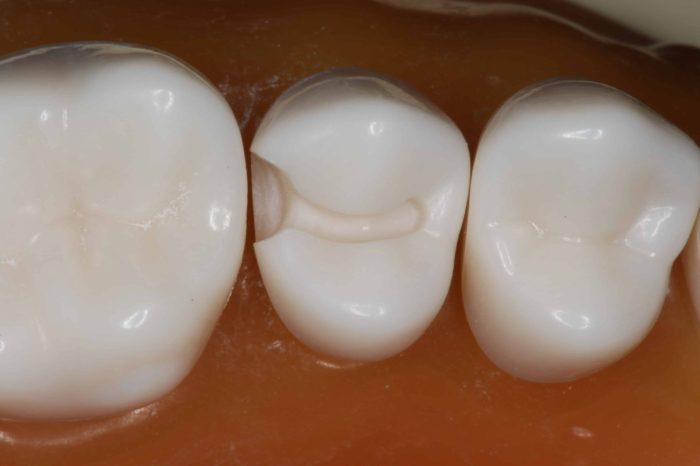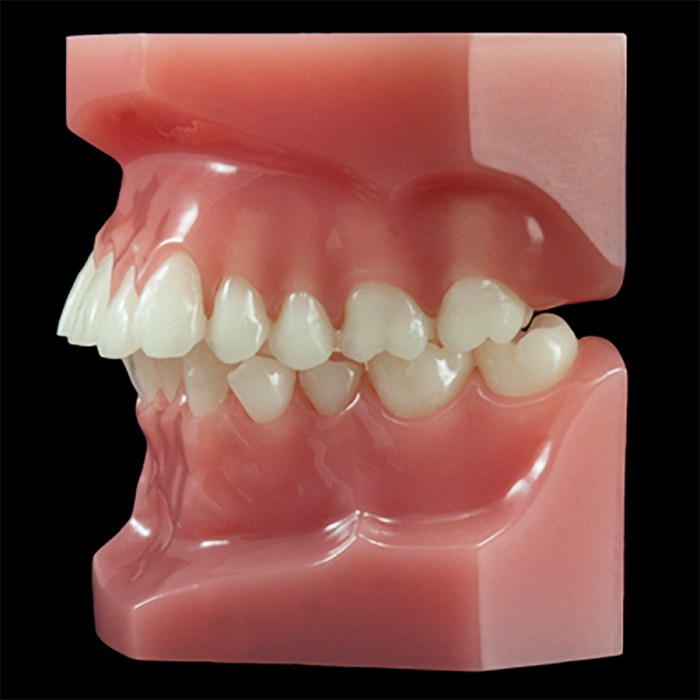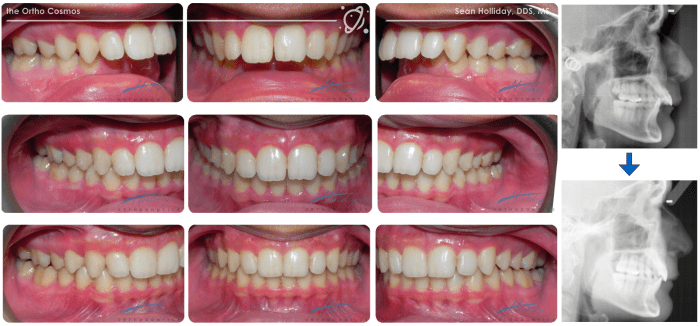What cavity classifications use a posterior matrix system? This question is at the heart of this comprehensive guide, which delves into the concept, benefits, and techniques of using a posterior matrix system in dentistry. By exploring the various cavity classifications that employ this system, we aim to provide a clear understanding of its applications and significance in achieving optimal restorative outcomes.
Posterior matrix systems play a crucial role in modern dentistry, enabling practitioners to effectively restore posterior teeth with precision and efficiency. This guide will delve into the different types of posterior matrix bands, their selection criteria, and proper placement techniques.
Additionally, we will discuss various matrix system techniques, including the use of wedges and pins, to achieve proper contour and contact.
Posterior Matrix System Overview

A posterior matrix system is a specialized tool used in dentistry to restore posterior teeth with extensive decay or damage. It consists of a matrix band, wedges, and other auxiliary aids that work together to create the ideal contours and contacts for the restoration.
The primary purpose of a posterior matrix system is to:
- Restore the proper anatomical shape and function of the tooth
- Establish tight interproximal contacts to prevent food impaction
- Provide a stable base for the restorative material
Cavity Classifications Using Posterior Matrix System: What Cavity Classifications Use A Posterior Matrix System

Posterior matrix systems are commonly used in the restoration of the following cavity classifications:
| Cavity Class | Location | Posterior Matrix Band |
|---|---|---|
| Class II | Mesial or distal surfaces of posterior teeth | Sectional or full-coverage matrix band |
| Class III | Proximal surfaces of anterior teeth extending into the incisal angle | Tofflemire or sectional matrix band |
| Class IV | Incisal angles of anterior teeth | Tofflemire or custom-made matrix band |
| Class V | Cervical third of facial or lingual surfaces of anterior or posterior teeth | Circumferential matrix band |
Matrix Band Selection and Placement

The type of posterior matrix band selected depends on the location and extent of the cavity:
- Sectional matrix bandsare used for Class II cavities and can be customized to fit the contours of the tooth.
- Full-coverage matrix bandsare used for large Class II cavities and provide complete coverage of the interproximal space.
- Tofflemire matrix bandsare used for Class III and IV cavities and are available in different sizes and shapes.
- Circumferential matrix bandsare used for Class V cavities and provide a complete seal around the tooth.
To place the matrix band correctly, the following steps are followed:
- Select the appropriate matrix band for the cavity.
- Position the matrix band on the tooth and adjust it until it is snug against the adjacent tooth.
- Secure the matrix band with wedges or pins.
Matrix System Techniques
Various techniques can be used with posterior matrix systems to achieve optimal results:
- Wedgesare used to push the matrix band tightly against the adjacent tooth and create a firm seal.
- Pinsare used to stabilize the matrix band and prevent it from displacing during the restorative procedure.
- Contouring pliersare used to shape the matrix band to the desired contours of the restoration.
Proper contour and contact are achieved by carefully adjusting the matrix system and using the appropriate techniques.
Troubleshooting Common Issues
Common problems encountered when using a posterior matrix system include:
- Loose or displaced matrix band: This can be caused by improper placement or insufficient wedging.
- Improper contours: This can be caused by using the wrong matrix band or by not properly contouring the matrix system.
- Incomplete contacts: This can be caused by insufficient pressure from the matrix system or by using a matrix band that is too wide.
Solutions and troubleshooting tips for resolving these issues include:
- Reposition or tighten the matrix bandusing wedges or pins.
- Use the appropriate matrix bandand contour it properly to the desired shape.
- Increase the pressure from the matrix systemby using more wedges or pins.
By following these troubleshooting tips, potential errors can be minimized and successful restorations can be achieved.
Helpful Answers
What are the primary advantages of using a posterior matrix system?
Posterior matrix systems offer several advantages, including improved contour and contact, reduced risk of overhangs and voids, and enhanced marginal adaptation.
How do I select the appropriate posterior matrix band for a specific cavity?
The selection of the posterior matrix band depends on factors such as the cavity size, location, and tooth anatomy. Proper band selection ensures optimal adaptation and prevents distortion during restoration.
What are some common troubleshooting tips for resolving issues with posterior matrix systems?
Common troubleshooting tips include checking for proper band placement, using appropriate wedges and pins, and ensuring adequate moisture control to prevent matrix distortion.